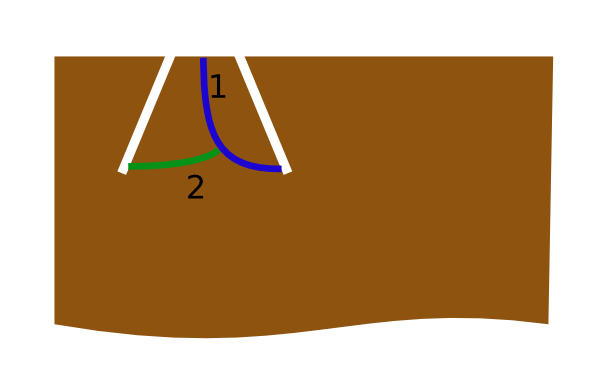- Joined
- 6 Jun 2011
- Messages
- 2,905
- Reaction score
- 808
bugbear":3pw4j24o said:Peter Sefton":3pw4j24o said:The teeth should cut on the back stroke as a Japanese saw to keep the blade in tension.
Not true if (and only if, mark you) the frame is stiff enough. A stiff frame puts enough tension
on that you can quite happily cut on the push stroke, without the blade going slack (with
all the trouble that causes).
BugBear
BB i am surprised you say that, Here is a video of setting up a saw blade. Not that I am saying you need to buy one as expensive as this.
https://www.youtube.com/watch?v=cMJtK93agQ0
Peter





